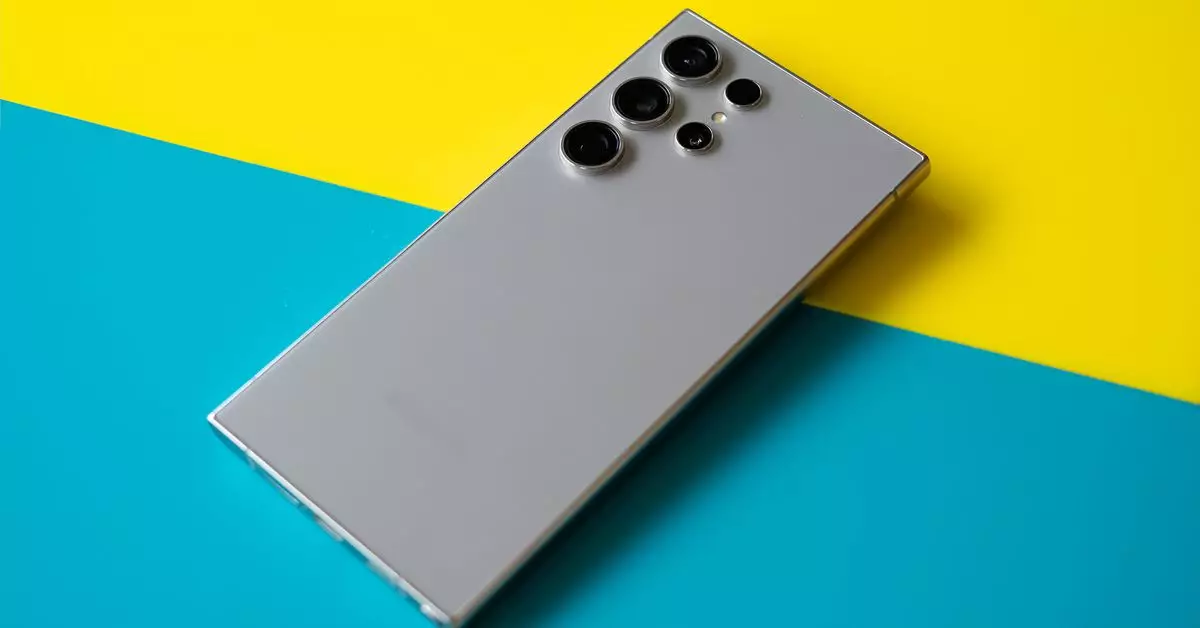As smartphone technology continues to advance, so does the complexity of user experience, particularly concerning media consumption. High Dynamic Range (HDR) content, which offers superior color reproduction and contrast, is becoming increasingly prevalent across various platforms, especially on social media. While HDR enhances the visual experience, it can also lead to unintended brightness spikes, especially in low-light environments. This can be distracting and uncomfortable for users who wish to engage with their devices without being overwhelmed by blinding highlights. Hence, the need for a solution to manage HDR content effectively arises.
Samsung has identified this issue and taken a significant step forward with its forthcoming One UI 7 update. Currently in beta, this new feature introduces a system-wide toggle for controlling HDR content on Galaxy devices. Dubbed “Super HDR,” this option enables users to adjust the display’s brightness dynamically, regardless of the app they are using. The intention behind this feature is to provide users with a more consistent viewing experience, ensuring that HDR images and videos do not disrupt their visual comfort during nighttime usage or in dimly lit environments.
Contrary to initial expectations, which suggested that enabling the Super HDR toggle would primarily enhance color and contrast range, users have reported that it instead regulates brightness effectively across all applications. This nuance may clarify some confusion surrounding its utility but ultimately aligns with user desires to maintain a comfortable viewing experience.
Apple, on the other hand, has yet to implement a similar feature for its iPhone users. The absence of a dedicated HDR control leaves iPhone users with fewer options to mitigate the intrusive brightness associated with HDR content. Instead, they may resort to enabling low power mode, which, while it can limit HDR playback, also imposes several limitations across the device’s functionality—an impractical trade-off for many.
While iPhone users can disable HDR for the Instagram app specifically, this solution only applies to that platform, rendering it insufficient for a holistic approach to HDR management. This discrepancy highlights the advantage that Samsung’s new feature grants Galaxy phone users, allowing them to enjoy a seamless experience regardless of the media source.
The Broader Implications for Mobile Media Consumption
By incorporating the Super HDR toggle, Samsung not only addresses the immediate discomfort associated with HDR content but also sets a precedent for user-focused innovation in smartphone design. This development reinforces the necessity for manufacturers to prioritize user experience and comfort, particularly as media consumption continues to dominate smartphone usage patterns.
As technology evolves, so too must our interaction with it. Samsung’s proactive approach in enabling users to manage HDR content effectively illustrates the company’s commitment to enhancing user experience. In contrast, the lack of similar features from competitors like Apple calls into question the extent to which user feedback informs product design. Ultimately, advancements in mobile technology should strive for flexibility and user satisfaction, ensuring that these devices serve to enhance, rather than complicate, daily life.

